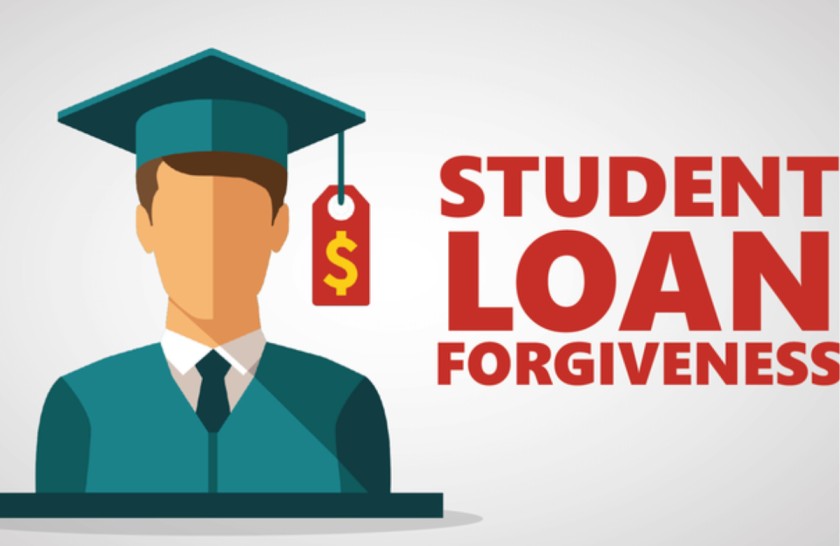
First of all, let us introduce you to student loans. It is a specific kind of loan intended to assist students in covering the costs of post-secondary education and related expenses, including tuition, books, and living costs. In comparison to other loan kinds, it could have a much cheaper interest rate and a deferred repayment plan while the borrower is still enrolled in school.
Borrowers who receive student loan forgiveness are released from the requirement to repay all or a portion of their federal student loan debt.
On June 30, 2023, President Biden unveiled a new income-driven repayment (IDR) program in reaction to a Supreme Court ruling that day that blocked his prior student loan forgiveness program. Its name is SAVE, and it provides borrowers of student loans with improved financial advantages. While the full laws go into force on July 1, 2024, three significant aspects will debut during the summer of 2023.
The $39 billion in student debt owed by 804,000 borrowers will be immediately eliminated, according to the Biden administration.
When your application is accepted, the Department of Education will let you know, and your loan servicer will let you know when your loans have been forgiven.

If your loan is held by the Department of Education and your income is less than $125,000 for an individual or $250,000 for a family, you may be eligible to have up to $10,000 forgiven. The maximum amount that can be forgiven if you obtained a Pell award, which is offered to undergraduates with the greatest financial need, is $20,000.
The IRS treats forgiven student loan amounts as taxable income. You might have to pay more taxes than you'd like to on the amount that was forgiven. In that situation, if you have the financial ability to do so, it is usually in your best interest to pay off your student debts as soon as you can.
Your chosen savings strategy should match the requirements for maximum returns and be tailored to your individual circumstances. You will receive a personalized savings plan to pay premiums if you meet a number of important qualifying requirements. A person over the age of 18 would be the ideal candidate for a savings account, mainly because a person under the age of eighteen is not legally able to sign documents or give consent. However, you can always open an account in your own name and later transfer ownership to the child.
Borrowers of federal student loans have three possibilities for loan forgiveness:


.webp)